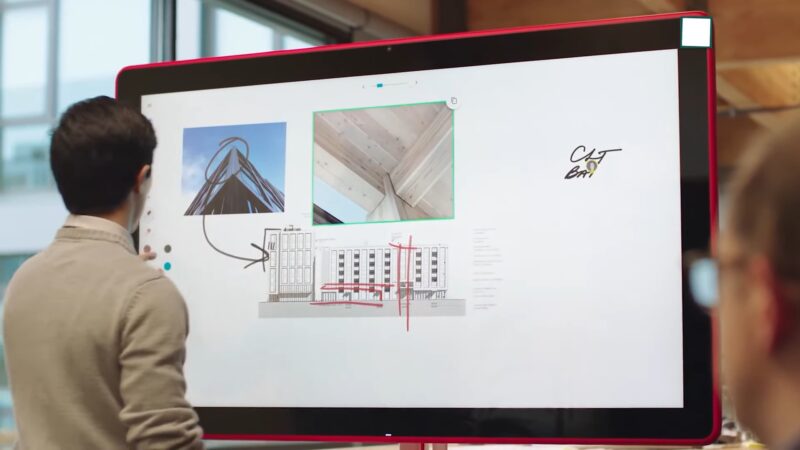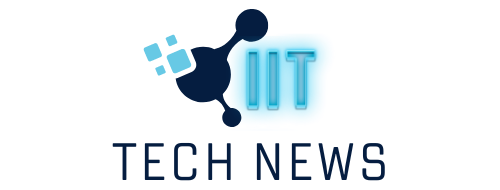The whiteboard, a seemingly simple tool, has become an integral part of our daily communication and education. Known by various names such as dry-erase board, marker board, pen-board, or dry-wipe board, this shiny, typically white surface has transformed the way we share, discuss, and visualize ideas.
This article explores the fascinating journey of the whiteboard, its evolution over the years, and its profound impact on various facets of our lives, from corporate boardrooms to vibrant classrooms.
The concept of a whiteboard, a surface that could be written on and easily wiped clean, was a revolutionary idea that forever changed the landscape of communication and teaching. The credit for this ingenious invention goes to two individuals: Martin Heit, a Korean War veteran with a passion for photography, and Albert Stallion, an employee at Alliance (Ally), a manufacturer of embossed steel.
Although whiteboards were commercially available as early as the 1960s, they did not gain widespread acceptance until the 1990s. The early versions of whiteboards had their own set of challenges. They required wiping with a damp cloth, and the markers often left traces even after erasing. However, the development of dry-erase markers in 1975 was a game-changer, making whiteboards more user-friendly and popular.
The Birth of the Whiteboard

The invention of the whiteboard is attributed to two individuals: Martin Heit, a Korean War veteran and photographic artist, and Albert Stallion, an employee of embossed steel manufacturer, Alliance (Ally). The concept of a board that could be written on and easily erased was a simple yet revolutionary idea that would change the face of communication and education.
Whiteboards were commercially available as early as the 1960s, but they did not gain widespread use until three decades later. The early versions of whiteboards required wiping with a damp cloth, and the markers used often left traces even after erasing. However, the development of dry-erase markers in 1975 marked a significant turning point in the usability of whiteboards.
The Rise in the 1990s
The 1990s saw a surge in the use of whiteboards, particularly in corporate settings. Companies began to recognize the benefits of using whiteboards for brainstorming, planning, and presenting information. The ability to quickly jot down ideas and erase them as needed made whiteboards an essential tool in fast-paced business environments.
The popularity of whiteboards also grew in educational settings during the 1990s. Concerns about chalk dust causing respiratory issues in children and damaging electronic equipment led many schools to switch from traditional blackboards to whiteboards. By the late 1990s, an estimated 21% of American classrooms had made the switch, marking a significant shift in teaching methods.
The Evolution of Whiteboard Materials

The first whiteboards were quite expensive and made of an enameled steel surface. As the demand for more affordable options grew, manufacturers began to produce lower-cost models using materials such as particleboard, high-pressure laminates, and stainless-steel boards with a matte black or glossy white surface, typically made of acrylic or polyester.
Ceramic, or porcelain, whiteboards, also known as glass boards, offered the advantage of being completely erasable, unlike other materials that tend to darken over time. While these enameled boards were more expensive and less common in commercial settings, they became the preferred choice in high-use environments such as schools due to their durability and ease of maintenance.
The Digital Revolution

The term “whiteboard” has also come to refer to a feature of many computer software programs that simulate the functionality of physical whiteboards. These “digital whiteboards” allow one or more people to write or draw images on a virtual canvas, facilitating collaboration and idea sharing in a digital space.
The advent of online conferencing, networking, and messaging applications has further popularized this feature, making it an essential tool in remote work and online education. These interactive whiteboards have transformed the way we communicate and learn, breaking down geographical barriers and making collaboration more accessible and efficient.
The Impact on Communication and Education
The impact of whiteboards on communication and education cannot be overstated. They have transformed the way we share ideas, teach, and learn. In workplaces, whiteboards have become a staple for brainstorming sessions, project planning, and presentations. They facilitate visual communication, making complex ideas easier to understand and remember.
In classrooms, whiteboards have not only replaced traditional blackboards but have also paved the way for more interactive and engaging teaching methods. They allow teachers to present information in a more dynamic and visually appealing way, enhancing students’ understanding and retention of the material.
Conclusion
From their humble beginnings to their digital evolution, whiteboards have come a long way. They have revolutionized communication and education, facilitating the exchange of ideas in a simple yet effective way. As we continue to embrace digital technology, the role of whiteboards, both physical and virtual, will undoubtedly continue to evolve, shaping the future of communication and education.

